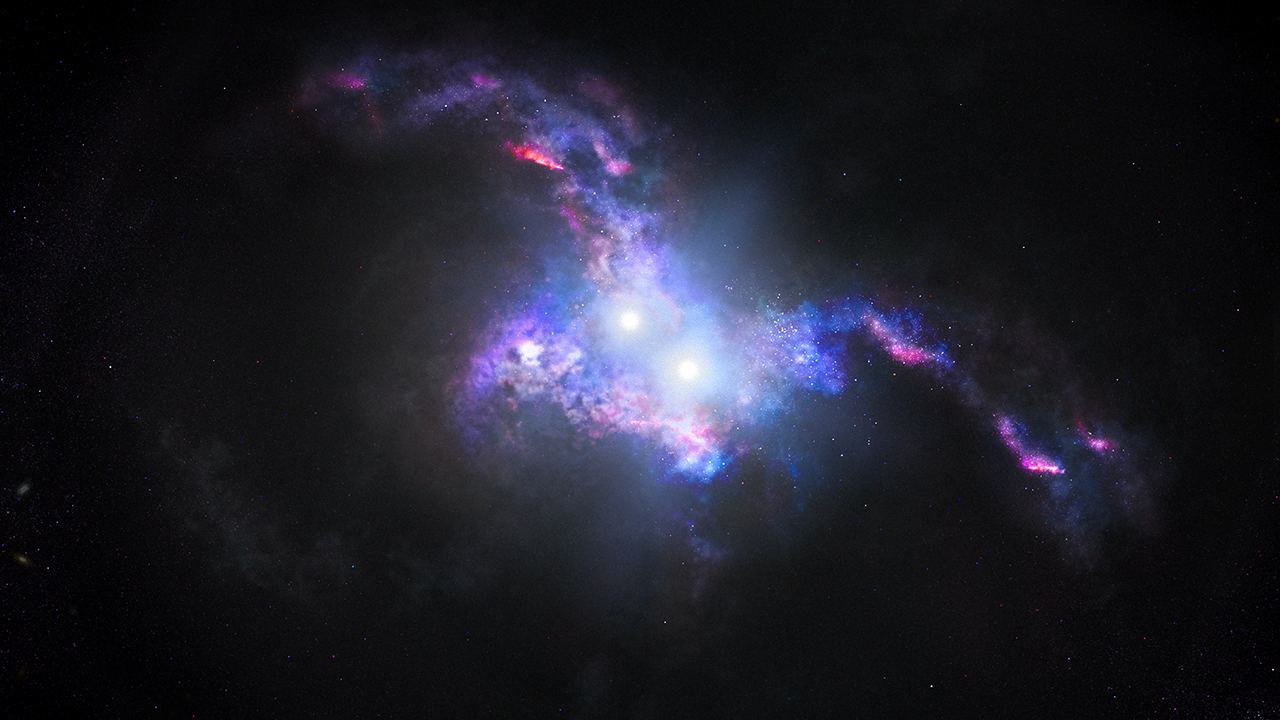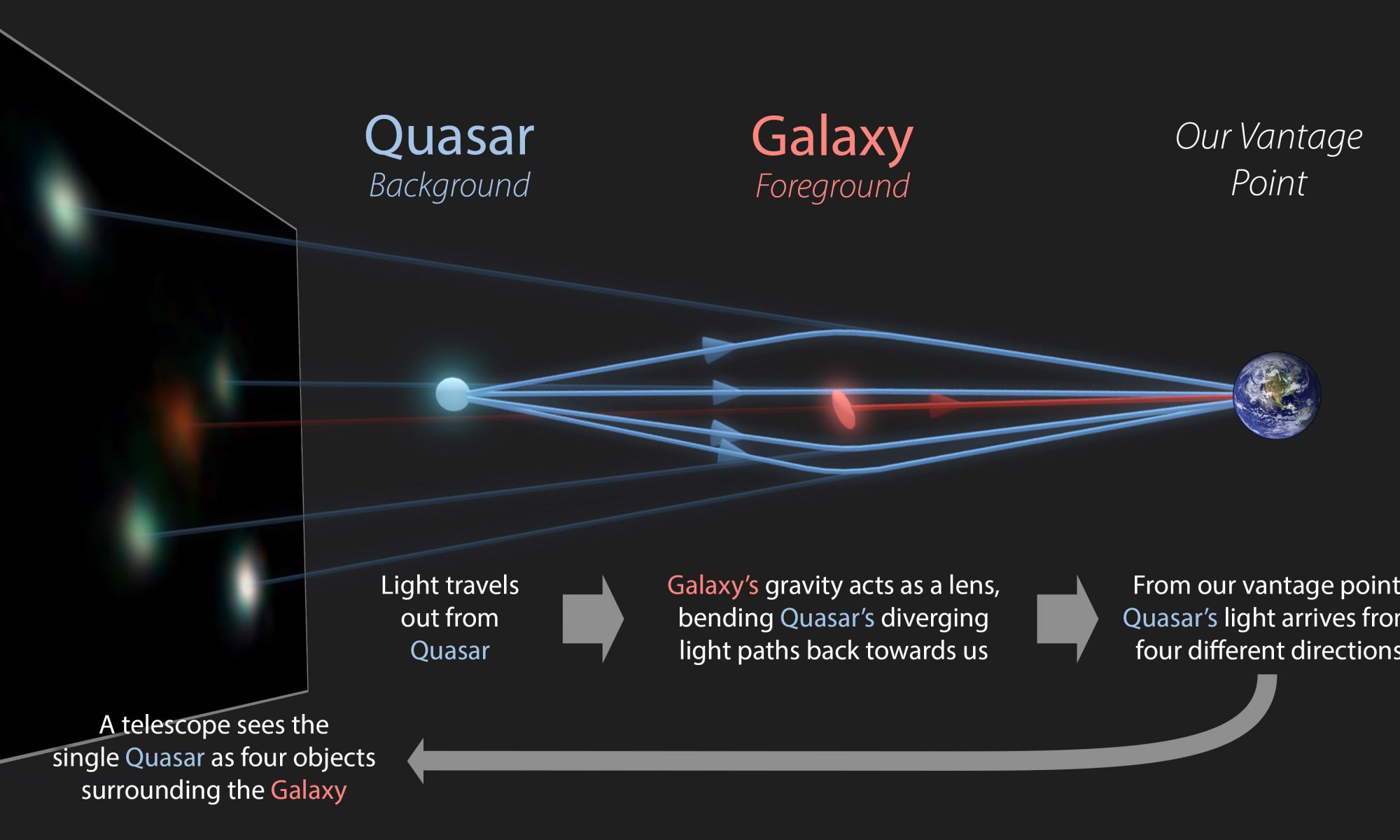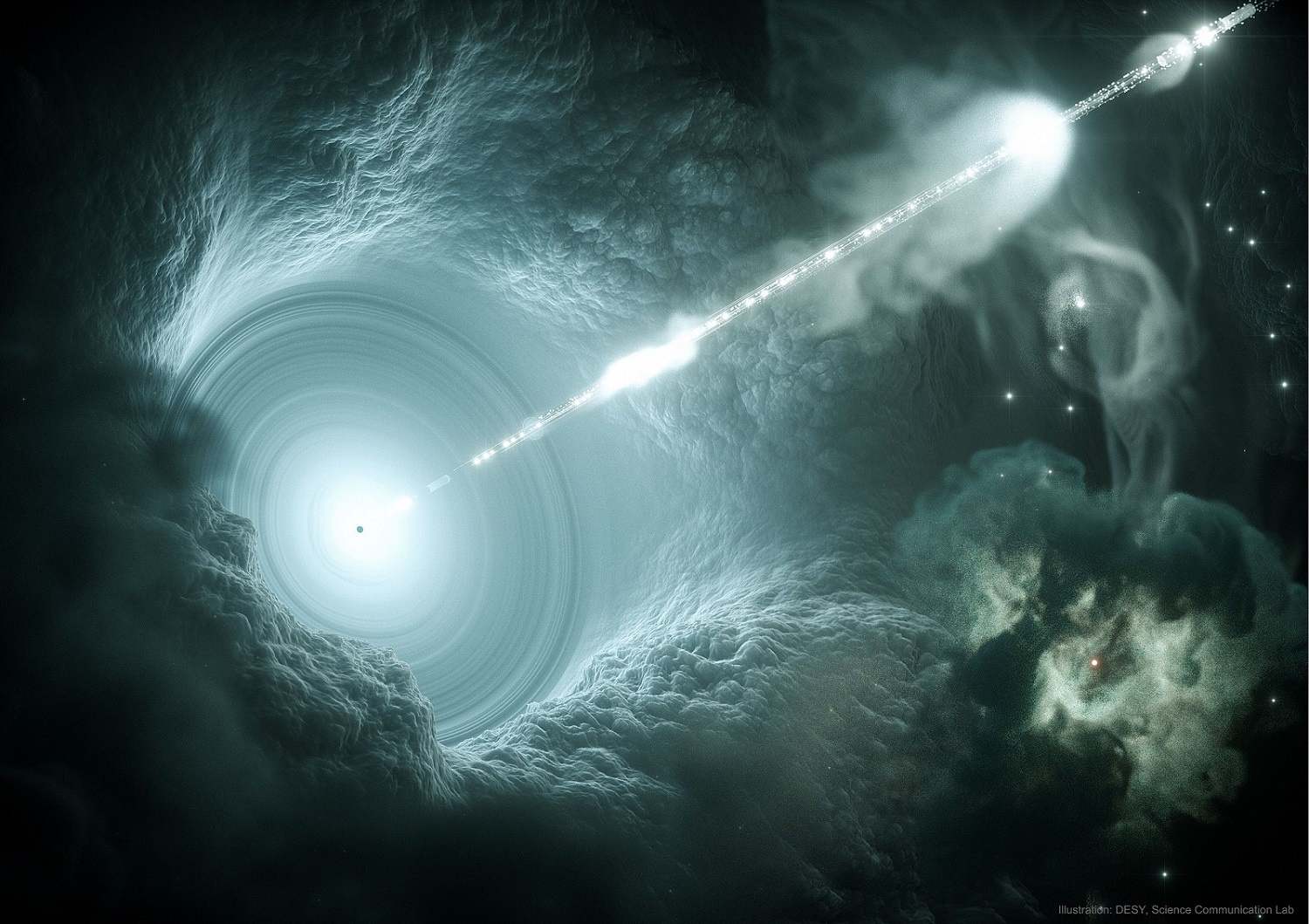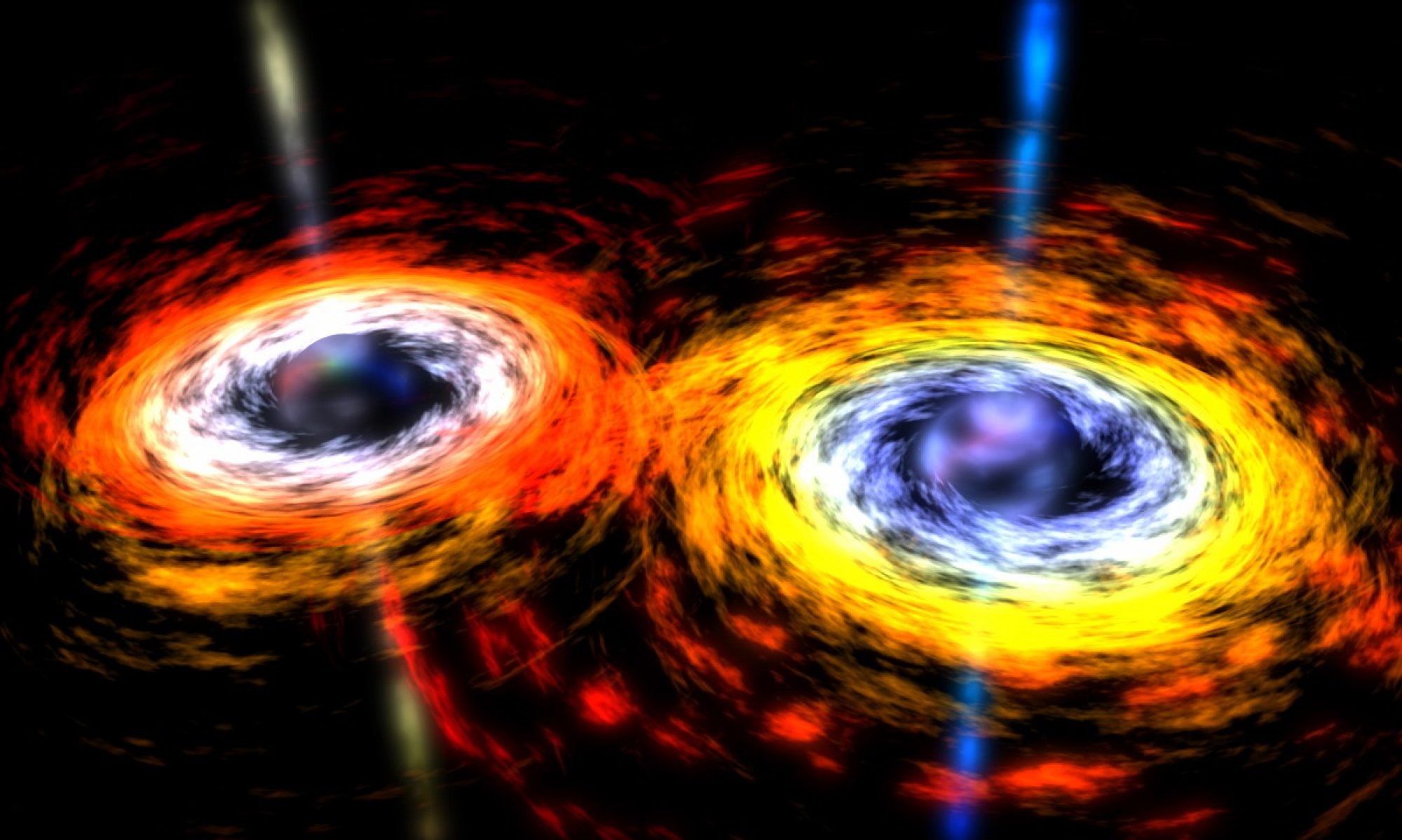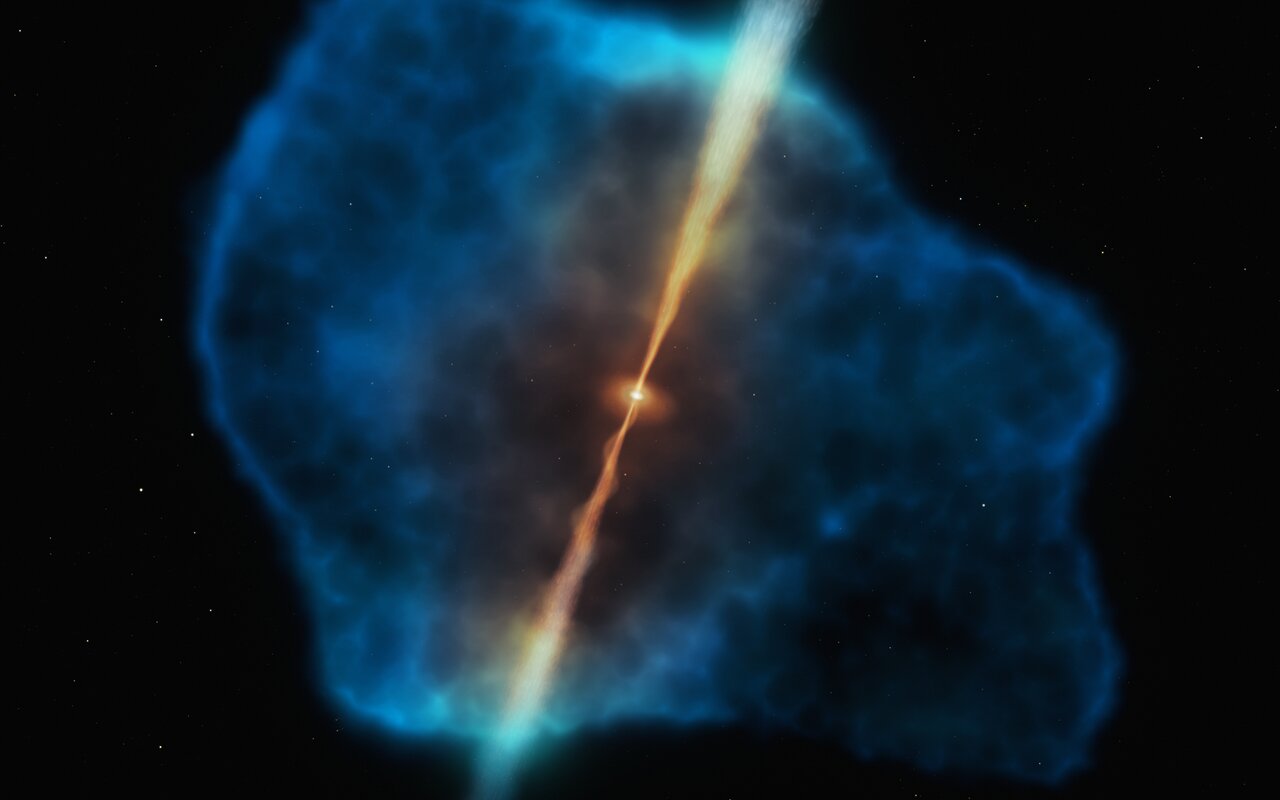
Black holes. They used to be theoretical, up until the first one was found and confirmed back in the late 20th Century. Now, astronomers find them all over the place. We even have direct radio images of two black holes: one in M87 and Sagittarius A* in the center of our galaxy. So, what do we know about them? A lot. But, there’s more to find out. A team of astronomers using Chandra X-ray Observatory data has made a startling discovery about a central supermassive black hole in a quasar embedded in a distant galaxy cluster. What they found provides clues to the origin and evolution of supermassive black holes.
Continue reading “Most Black Holes Spin Rapidly. This one… Doesn’t”

